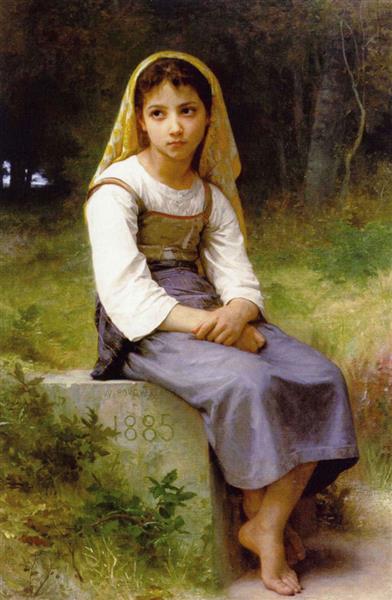Description
Max Pechstein, one of the most prominent representatives of German expressionism, invites us to enter a world of emotions through his work "Dialogue" of 1920. This painting is registered within its constant search to capture the essence of human life Through the vibrant palette of color and intense gestures, elements that were characteristic during his career as an artist. In "Dialogue", Pechstein enters the representation of human interaction, a topic that resonates strongly in its production, and does so in a way that combines abstraction and figuration in a space full of energy.
The painting has two central figures that are interacting with each other. Their faces are marked contours and their expressions are a mixture of closeness and tension, which suggests a deep conversation that transcends the verbal. The choice of colors in the work is remarkable; Using a palette rich in tones of blue, green and red, the artist generates a vibrant contrast that captures the viewer's attention from the first moment. The colors not only serve to describe the figures, but also seem to communicate the emotional state of the characters, projecting a sense of dynamism that links painting to the spectator.
The composition of "dialogue" plays with the curved and soft forms that surround the figures. This use of space and composition is reflected in the way in which the bodies and faces are intertwined, as if they were part of a single entity, creating a visceral connection that resonates with the very idea of dialogue. The bottom, although less detailed, effectively contributes to focusing the attention on the characters, adding an almost ethereal atmosphere to the scene. The light, although not naturalistic, helps highlight the figures in the foreground, reinforcing the intimacy of its encounter.
Pechstein, being part of the Die Brücke movement, shared its aesthetics with other contemporary artists such as Ernst Ludwig Kirchner and Otto Mueller, who also explored the human figure from an expressionist perspective. However, in "dialogue", the Pechstein approach highlights a search for communication and emotional connection between individuals, as opposed to raw emotion that sometimes characterizes the work of their colleagues. This reflects an artistic maturity that allows the viewer not only to observe, but also to feel the interaction of the figures, becoming an involuntary participant of the conversation.
The year 1920 is significant in Pechstein's life and in the historical context of art. This period was marked by the sequels of World War I, where artistic representations often tried to explore crisis, identity and banality of everyday life. In this sense, "dialogue" is presented as an oasis of humanity and connection, a reminder of the importance of the human being in difficult times.
Thus, in this work, Pechstein not only manages fractured. "Dialogue" of 1920 becomes, then, a key work that enriches our understanding of expressionism and emotional wealth of human interaction, offering the viewer a unique window to the artist's psyche and the complexity of the human being.
KUADROS ©, a famous paint on your wall.
Hand-made oil painting reproductions, with the quality of professional artists and the distinctive seal of KUADROS ©.
Art reproduction service with satisfaction guarantee. If you are not completely satisfied with the replica of your painting, we refund your money 100%.







